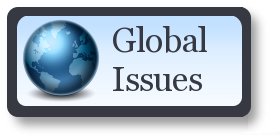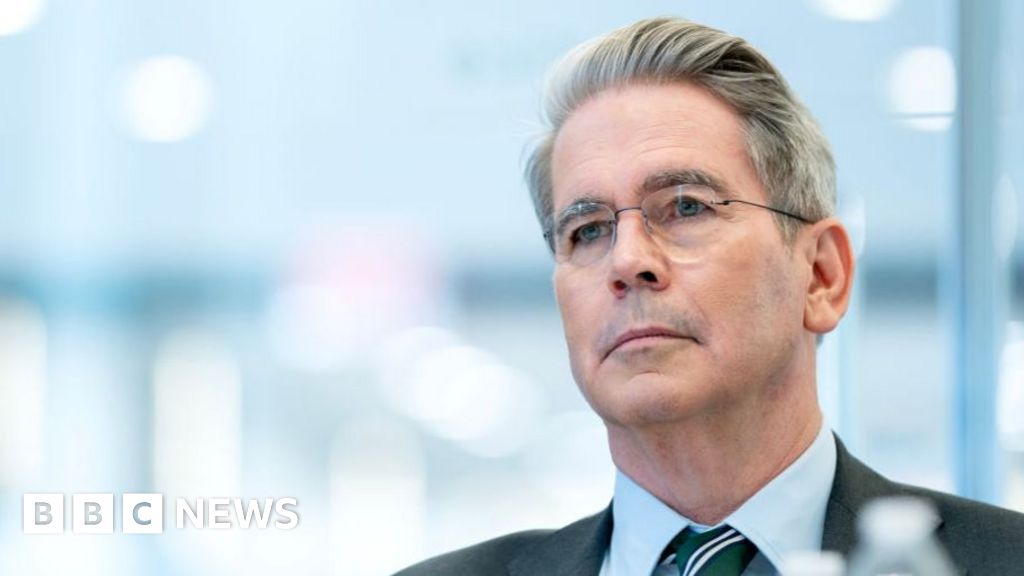KUALA LUMPUR, Malaysia, Nov 06 (IPS) - Imagine living with water up to your knees for half of the year, where homes are flooded, and people constantly fear that the sea might one day engulf the town and everyone in it.
This is the reality for the sinking islands in the Philippines—a cluster of four island barangays in Tubigon located in the south-central region of Bohol. Here, the sea level is rising at an alarming rate of 10.8 millimeters per year, three times faster than the global average. If this continues, these islands could disappear by 2100.
Tubigon sank by one meter after being hit by a 7.2 magnitude earthquake over a decade ago. While still recovering, the islands were devastated by a super typhoon in 2021, unleashing four-meter-high tidal waves that destroyed over 1.7 million homes and displaced more than 3 million people. This year, the islands were declared inhabitable by the government.
Existential Climate Threats to Coastal Communities
Coastal communities like the Philippines are severely threatened by accelerating sea level rise compounded by extreme weather events. Similar to small island developing states, also known as SIDS, low-lying coastal areas are the most vulnerable to climate change.
Their geographic location leaves them highly-exposed to natural disasters and hazards like cyclones and tidal flooding. These vulnerabilities exacerbate coastal communities' unique development challenges.
The Intergovernmental Panel on Climate Change (IPCC) reports that with the current 1.5 degree temperature increase, global sea levels will continue to rise and low-lying coastal regions are to experience extreme sea events such as storm surges and massive tides annually by 2050.
SIDS, including Tuvalu and the Maldives, along with the sinking islands of Tubigon, are proof of the existential threats of climate change. These communities are at risk of vanishing unless urgent action is taken.
Bouncing Back from Climate Risks
While island communities are under threat, they are not powerless. Many of them have shown commitment to addressing climate-related risks in their national climate action plans. Their goal is to build climate resilience.
The term "resilience" is often mentioned in climate change discussions, but what does it really mean? It comes from the Latin verb resilire, meaning "to bounce back." Resilience refers to the ability to recover from risks, which, in the context of climate change, is determined by the degree of vulnerability and exposure to climate-related threats.
For coastal communities and low-lying islands, rising sea levels pose a significant risk, so they must build resilience to endure and recover from climate-related hazards and disasters.
Turning to Blue Carbon Ecosystems for Solutions
Many SIDS set a good example in piloting measures to build resilience and adapt to the impacts of climate change. Similarly, the residents of Tubigon, many of whom are fisherfolks, have learned to adapt to the rising tides.
The local community has developed resilience strategies and initiatives to help them sustain their lives on the islands. One promising solution involves utilizing the sea and its resources, part of what is called the blue carbon ecosystem.
Blue carbon ecosystem is a collective term for natural marine resources such as mangroves, seagrasses, and marshes known for their ability to capture and store carbon dioxide from the atmosphere. Research shows that these coastal resources can transfer and store carbon ten times more effective than tropical forests.
These ecosystems also support fishery production, protect shorelines and reduce flooding, and provide habitats for wildlife and migratory species. Studies indicate that conserving blue carbon ecosystems is a timely and cost-effective strategy to help coastal communities adapt to climate change.
Harnessing Coastal Resources for Climate Change Adaptation
Tubigon and the Bohol region have long implemented measures to protect their blue carbon ecosystems, helping residents adapt to climate-related risks. Their strategy is two-fold: eliminating destructive fishing practices and conserving coastal resources particularly mangroves.
The local community has designated bantay dagat (which translates literally to sea protectors) to patrol its marine area spanning 156 hectares of coral reefs and 335 hectares of mangroves. These protectors report illegal fishing activities and safeguard the mangrove forests.
Over time, many locals have transitioned from destructive fishing methods, such as dynamite and cyanide use, to more sustainable aquaculture and alternative livelihoods, including crab and squid jigging, grouper farming, and ecotourism.
Moreover, particular focus is given to mangrove conservation. The vast mangrove area in Tubigon is considered a valuable blue ecosystem resource playing an important role in sequestering carbon. Experts estimate that a 4-decade mangrove plantation can store over 370 tons of carbon per hectare.
Additionally, mangroves act as natural seawalls, reducing wave energy and shielding residents from rising sea levels and tidal flooding. By investing in the preservation of blue carbon ecosystems, coastal communities like Tubigon tap into an essential resource that supports their livelihoods and enhances their resilience to the effects of climate change.
Turning the Tide
The islands of Tubigon stay afloat amidst the intensifying battle against climate threats. Most recently, the Philippines joined an alliance to build the resilience of coastal communities. It was also selected as the host of a fund dedicated to supporting countries to respond to loss and damage, enabling them to recover and rebuild from the adverse effects of the climate crisis.
Allowing islands to sink and entire communities to disappear is unimaginable, especially when we have the resources and tools to address the planet's most significant crisis. Time is running out, but there is still hope to turn the tide.
This article is originally published in Global Dev as part of its Climate Resilience series.
Anne Cortez is a communications and knowledge management consultant with over a decade of experience working with governments, academic institutions, and international organizations including the UN, ADB, and The Asia Foundation. She has spearheaded and managed development programs and capacity building initiatives promoting climate action, digital inclusion, and health equity across Asia and the Pacific. Previously, she led the knowledge and communications team at the UN think tank for global health based in Malaysia, and the social mobilization division at the Department of Education in the Philippines. Anne has a master's degree in international studies and an undergraduate degree in communications. Learn more about her work here.
IPS UN Bureau
Follow @IPSNewsUNBureau
Follow IPS News UN Bureau on Instagram
© Inter Press Service (2024) — All Rights ReservedOriginal source: Inter Press Service

 2 weeks ago
6
2 weeks ago
6










 English (US) ·
English (US) ·